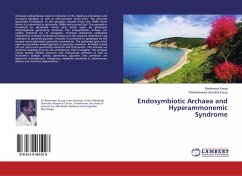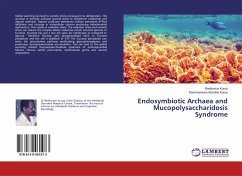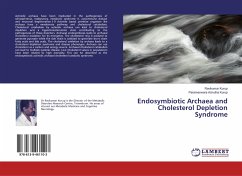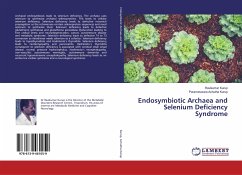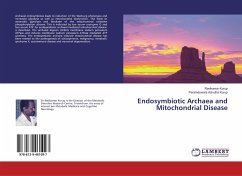Archaeal endosymbiosis leads to induction of the Warburg phenotype and increased glycolysis as well as mitochondrial dysfunction. The pyruvate generated consequent to the glycolytic cascade enters the GABA shunt where it is converted to glutamate, GABA and succinyl CoA. The pyruvate is converted to glutamate which gets acted upon by glutamate dehydrogenase generating ammonia. The endosymbiotic archaea can oxidize ammonia for its energetics. Archaeal cholesterol catabolism mediated by archaeal cholesterol oxidase can also produce cholesterol ring oxidation to generate pyruvate. Pyruvate is converted to glutamate by the enzyme serum glutamate pyruvate transaminase. The glutamate gets acted upon by glutamate dehydrogenase to generate ammonia. Archaeal urease can act upon urea generating ammonia and thiocyanate. The archaea are ammonia oxidizing and can use ammonia for their energetics. The archaeal urease activity related ammonia and thiocyanate synthesis as well as cholesterol oxidase activity generating pyruvate and ammonia are important schizophrenia, malignancy, metabolic syndrome X, autoimmune disease and neuronal degeneration.
Bitte wählen Sie Ihr Anliegen aus.
Rechnungen
Retourenschein anfordern
Bestellstatus
Storno

